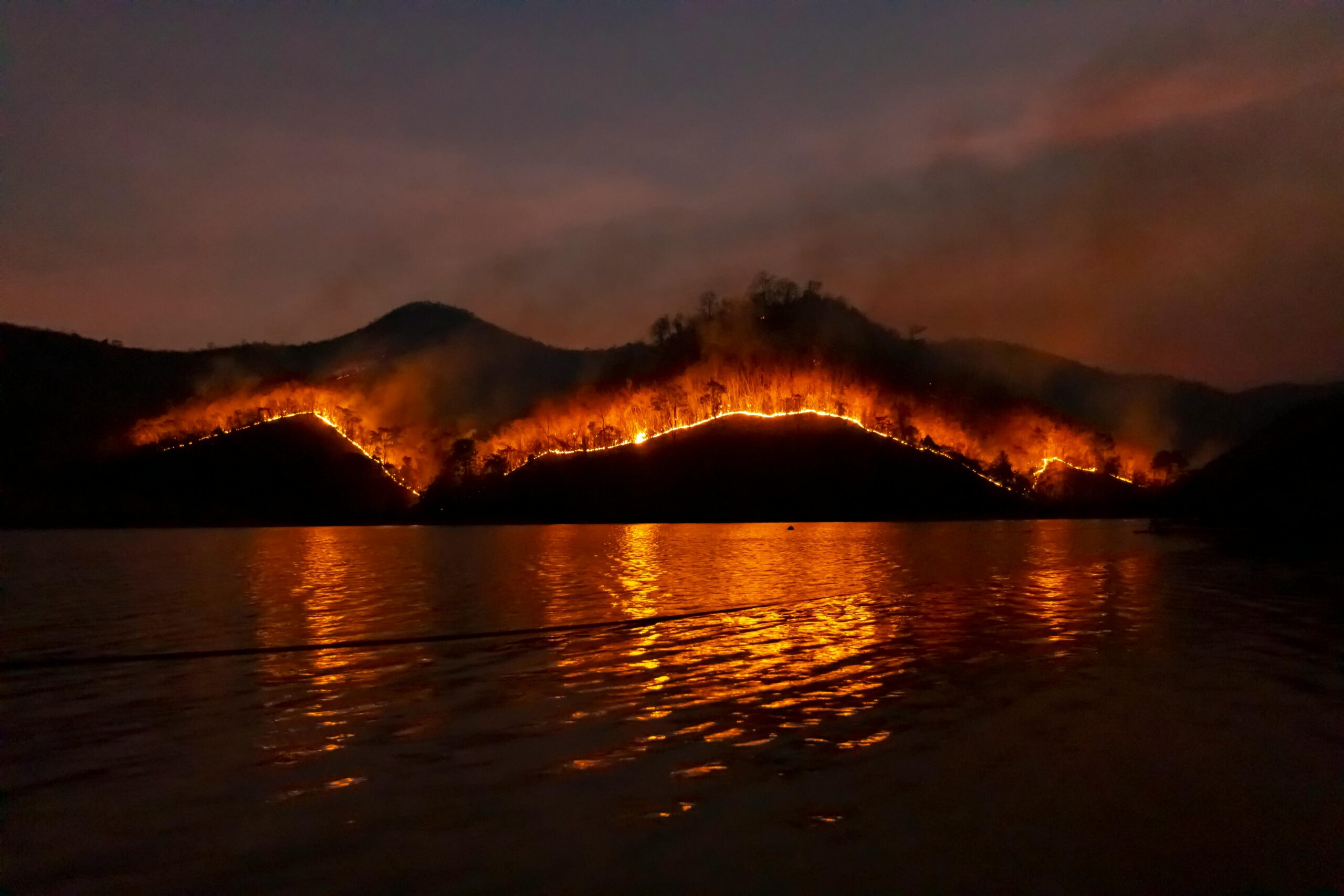Construction Law

Wildfire Litigation Exposure in the Expanding Wildland Urban Interface
Western states now face wildfires that appear less like seasonal events and more like a feature of daily life. Flames that once stayed within remote forests are entering neighborhoods, and legal claims are keeping pace with the advancing fire front. Roofing professionals who work in California, Oregon, Washington, Nevada, Arizona, and other Western states must understand how evolving building codes, shrinking insurance capacity, and creative plaintiff strategies combine to create a broader field of potential liability.
California supplies the clearest view of regulatory momentum. California’s building code places every wildland urban interface provision into a standalone section. The 2025 California Wildland-Urban Interface Code will appear in Title 24, Part 7. Operational fire-safety provisions of CFC Chapter 49 remain in Title 24 Part 9 and reference Part 7 rather than being repealed. The California Office of the State Fire Marshal has also expanded its public guidance on home hardening. While the guidance is advisory rather than binding, it emphasizes ember resistant decking, noncombustible zones extending five feet from the structure, and ignition resistant exterior finishes.
Neighboring states are moving on parallel tracks. Washington Revised Code section 19.27.560 now requires a Class A roof assembly when more than 50% of an existing roof within a mapped interface zone is replaced. Oregon Senate Bill 762 directs the Department of Consumer and Business Services to apply ignition resistant standards wherever state agencies identify a high or extreme wildfire risk. Local discretion has been replaced by centralized mapping tied to a published risk index, and roofing replacements as well as new construction must satisfy Oregon Residential Specialty Code Section R 327.
These code changes provide fertile ground for novel allegations. Plaintiffs have already filed suits against the California FAIR Plan, asserting that smoke-related claims were denied without proper investigation. Anticipated litigation alleges that certain builders installed assemblies that intensified wildfire spread, relying on earlier local code amendments that were less stringent than the new statewide standard. Three patterns emerge. Claimants pursue negligent specification when an assembly that was once compliant fails under evolving codes. They advance product defect theories against underlayments, edge metal, and vent screens that allegedly did not perform as advertised. They also allege deceptive trade practices where marketing language promised fireproof performance without disclosing the relevant test data.
Roof assemblies now draw scrutiny beyond their classification rating. Industry guidance encourages contractors to install ember resistant ridge vents, screen bird stops with 1/8-inch metal mesh, seal roof to wall intersections with noncombustible flashing, and maintain clean gutters. Experts retained in litigation inspect for gaps at the drip edge, exposed fasteners, and combustible debris as proof of negligence. Documenting each step through photographs and daily inspection logs creates a record that can rebut those claims.
Insurance capacity is contracting at the same time that liability theories expand. Several national carriers have announced withdrawals from the most vulnerable counties, while those that remain often impose sub limits on smoke infiltration and higher deductibles for wildfire loss. When insurers seek to recover their outlays through subrogation, they target all construction participants who lack a clear compliance record.
Contract language is therefore the first line of defense. Owners or upstream contractors should represent that the plans and specifications conform to the current edition of the relevant wildland urban interface code. Any code updates that occur after permit issuance should remain the owner’s responsibility unless incorporated through a written change order. Indemnity provisions must respect state anti-indemnity statutes and limit the contractor’s duty to the portion of fault actually attributable to its work. Additional insured endorsements should extend to both ongoing operations and completed operations with limits that reflect the possible cost of an entire rebuild.
A project specific compliance dossier strengthens the contractual shield. Include the permit set, inspection approvals, laboratory test reports for each component, photographs of key assemblies, and a handover packet instructing the owner on routine maintenance. Years after completion, such a file can demonstrate adherence to both the code in force at construction and to each manufacturer’s instruction.
Fire resistant roofs are only as effective as their surroundings. Contractors who operate in interface zones should coordinate with landscape professionals to verify that tree limbs are trimmed and that vegetation clearance meets state guidance. Training crews to inspect for exposed felt at cut edges, seal nail heads, and remove accumulated debris during warranty visits reduces latent hazards and underscores a culture of care.
The legal landscape surrounding wildfire loss is intensifying. Roofing professionals cannot treat compliance as a static checklist. They must anticipate how evidence will be scrutinized after a catastrophic event. By staying current on code development, tightening contract language, preserving thorough documentation, and promoting risk reduction practices, contractors can position themselves to withstand both the next fire season and the litigation that follows.
Disclaimer: The information contained in this article is for general educational information only. This information does not constitute legal advice, is not intended to constitute legal advice, nor should it be relied upon as legal advice for your specific factual pattern or situation.
